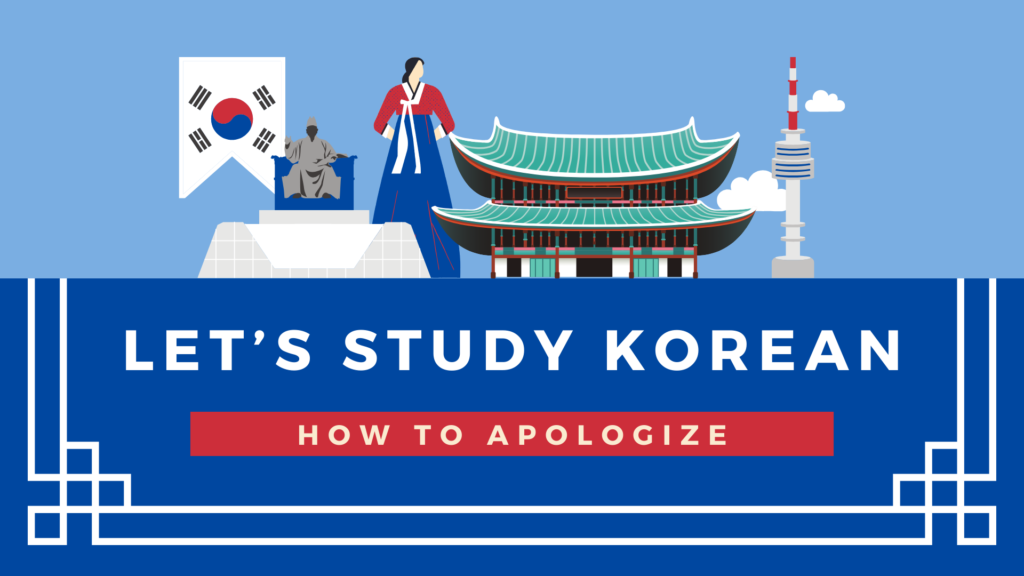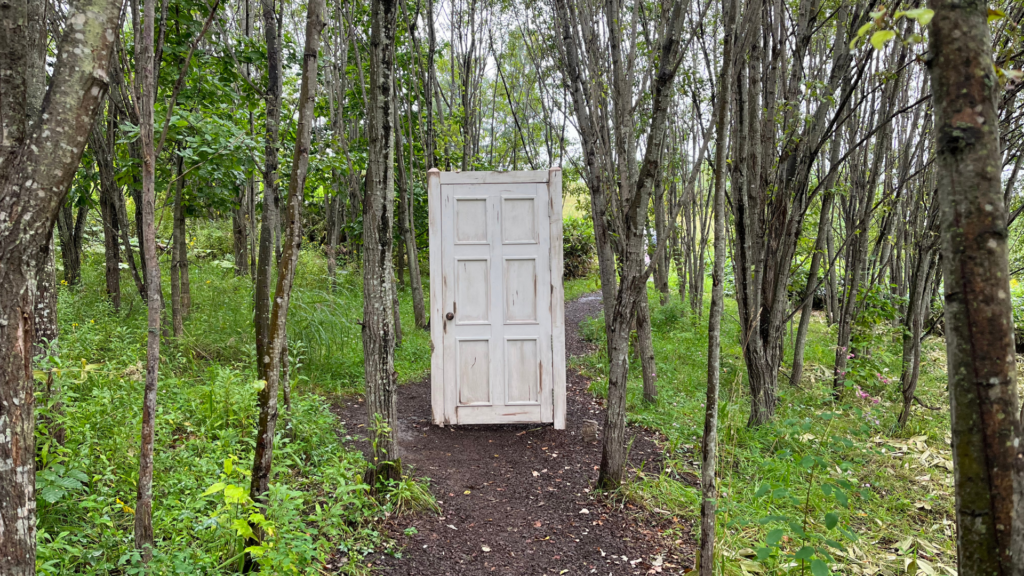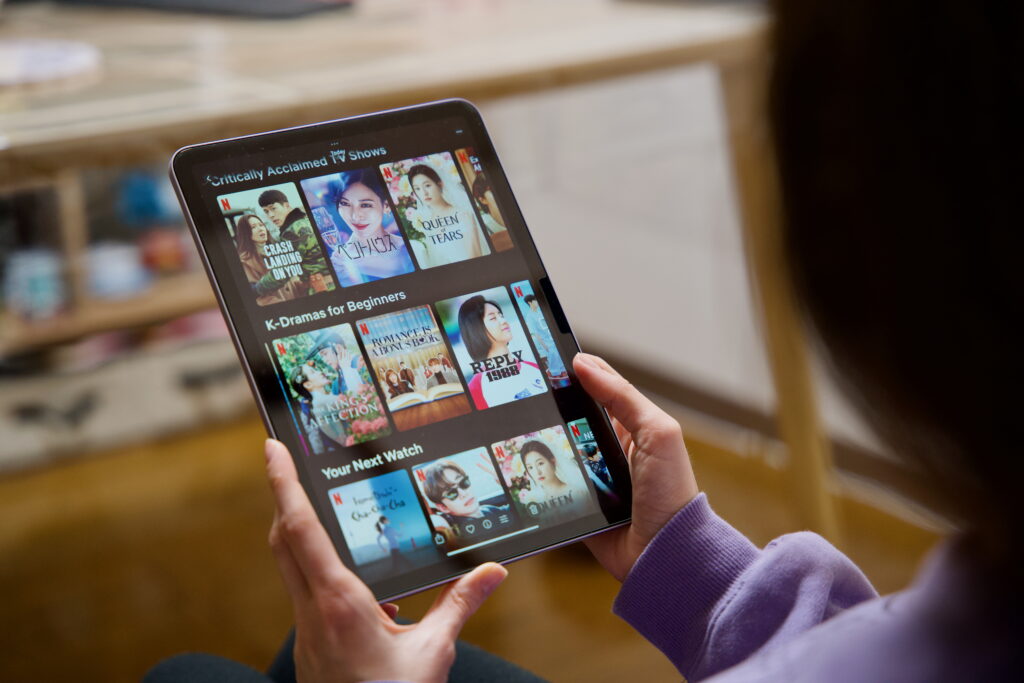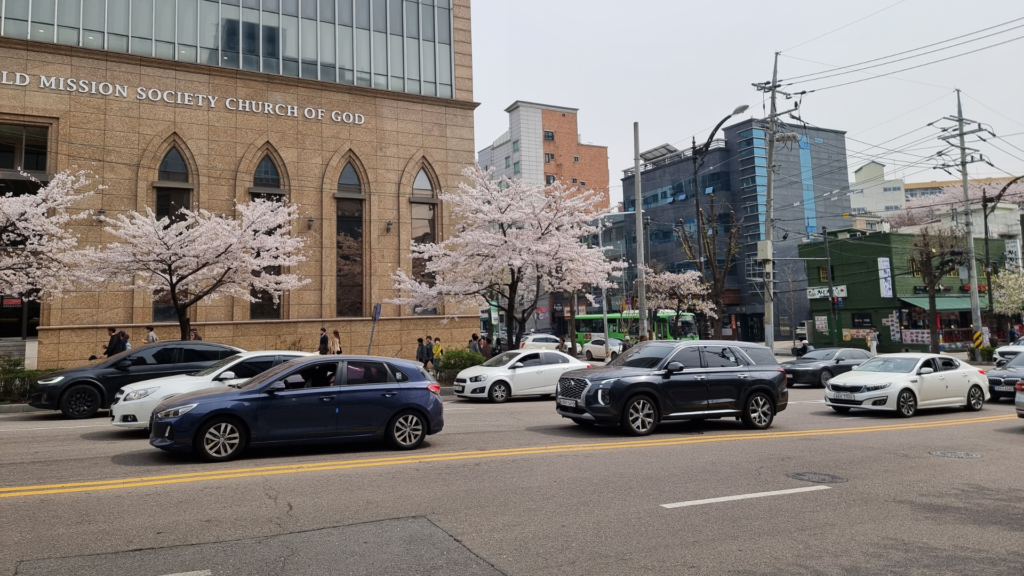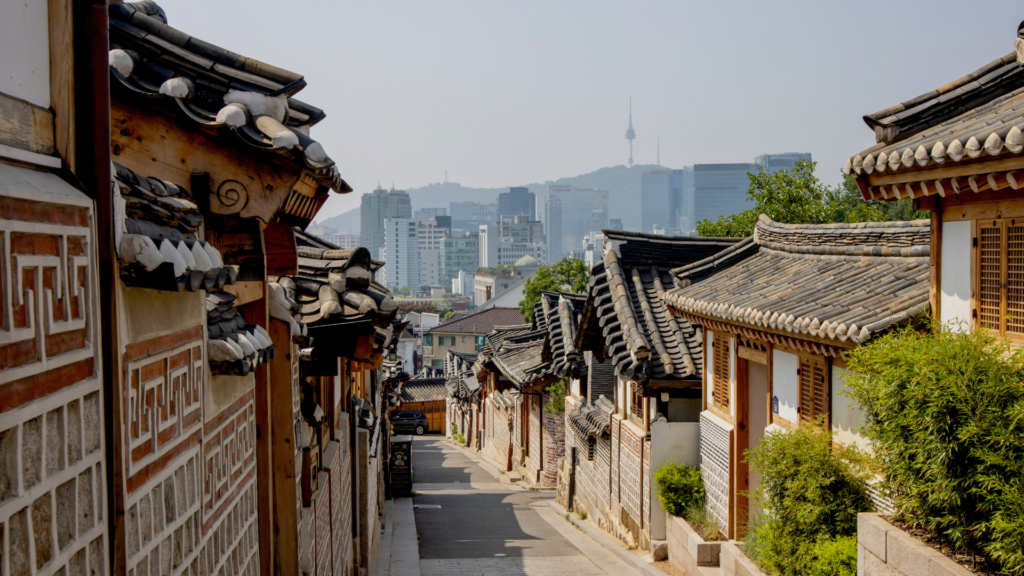Gyeongbokgung was the main and largest palace of the Joseon (조선) Dynasty.
A struggle to maintain
Built in 1395, the palace was home to the kings of the Joseon dynasty, their households, and the center of the government. The name of the palace consists of two syllables, gyeong (경) and bok (복). The former means brilliance and the latter means fortune, to emphasize the wish for the dynasty to thrive. However, the Japanese army destroyed the palace in 1592 during the Imjin War (임진왜란). This palace’s ruins remained standing as they were for about 270 years until 1867 when the government started a restoration project. Yet, the Japanese destroyed the palace once again during their occupation in the early twentieth century, when the Japanese built the Government-General Building in the palace’s location.
The palace grounds
Thus, ever since the 1990s, efforts have resumed to restore much of the previously demolished remains of the site. Gyeongbokgung also contains the National Palace Museum of Korea as well as the National Folk Museum. Mount Bugak (부각산) is situated right behind the palace, and this area used to be the heart of the ancient city of Seoul. King Taejo (태조), the founder of the Joseon Dynasty, built the palace. However, upon the assassination of Empress Myeongseong (명성) by Japanese agents in 1895, the Joseon Imperial Family never returned to the palace again.
One of the most interesting buildings in Gyeongbokgung is the Gyeonghoeru (경회루) Pavilion. An artificial pond surrounds the rectangular structure. King Taejong (태종) constructed it in 1412. Various state events used the building. These included royal banquets, reception of foreign envoys, final state examinations, and seasonal religious rituals. Also destroyed in the fire of 1592, this structure was not restored until 1867. Forty eight enormous stone pillars support the wooden building. Square pillars support the outer side of the pavilion and cylindrical columns support the inside. This represents the sky and earth or in other words, the yin and the yang.
Gwanghwamun – Main gate of Gyeongbokgung
Gwanghwamun (광화문) the main gate of Gyeongbokgung, was eventually destroyed by the Japanese occupation forces leaving only the stone base. The government of South Korea sought to restore the gate under the Park Chung Hee (박정희) administration in 1968. A concrete structure replaced the original wooden one. An authentic pinewood structure replaced the concrete one by August 2010. The area in front of Gwanghwamun, Gwanghwamun plaza, is where you can easily spot people casually roaming around. This area used to house some of the most important Joseon era government buildings and was the center of politics and economics. You can now see the statues of Admiral Lee Soon Shin (이순신) and King Sejong (세종) in this area.
Cheonggyecheon – Stream of history
Another feature near Gyeongbokgung is Cheonggyecheon (청계천). It’s a stream first constructed during the Joseon era to help establish a drainage system. Originally named Gaecheon (개천), the new title was only introduced during the period of Japanese occupation. After the Korean War, this area saw a lot of settlements springing up as many migrated to Seoul in order to make a living. Eventually a highway covered the stream. The original stream was only restored at the turn of the millennium in 2003, in order to make Seoul appear more natural and environmentally friendly.
This entire area is extremely significant in Korean history. The attempts at restoring and preserving that which was destroyed is one way in which Koreans can feel a sense of belonging. Please experience the palace area to understand the true Korean identity.

